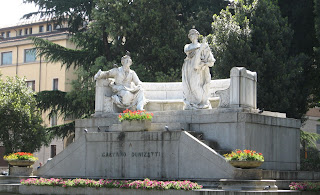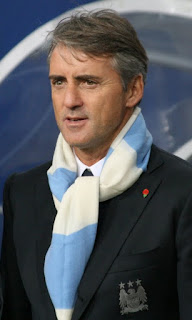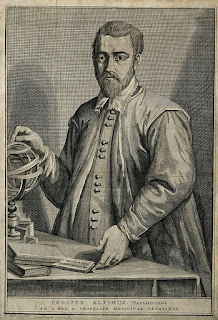Birthplace of musical genius has been declared a national monument
Gaetano Donizetti, a prolific composer of operas in the 19th century, was born on this day in 1797 in Bergamo in northern Italy.
Donizetti came into the world in the basement of a house in Borgo Canale just outside the walls of the Città Alta, Bergamo’s upper town. He was the fifth of six children born to a textile worker and his wife.
 |
| Casa Natale is now a national monument |
He once wrote about his birthplace: “…I was born underground in Borgo Canale. One descended the stairs to the basement, where no ray of sunlight had ever been seen. And like an owl I flew forth…”
Donizetti developed a love for music and, despite the poverty of his family, benefited from early tuition in Bergamo. He went on to become a brilliant composer of operas in the early part of the 19th century and is considered to have been a major influence on Verdi, Puccini and many other composers who came after him.
Experts consider some of his work, for example Lucia di Lammermoor and L’Elisir d’Amore, to be among the greatest lyrical operas of all time.
After a magnificent international career, Donizetti returned to Bergamo, where he died in 1843 in the Palazzo Scotti, which is in a street in the Città Alta since renamed Via Donizetti.
Travel tip:
Donizetti’s Casa Natale (birthplace), which has been declared a national monument, is open free to visitors every weekend. You can still see the well from which the family drew their water and the fireplace where meals were cooked, which would have been their only source of heating.
To reach Donizetti’s birthplace, leave the Città Alta through Porta Sant’Alessandro and go past the station for the San Vigilio funicolare. Borgo Canale is the next street on the right and Casa Natale, at number 14, is in the middle of a row of characteristic, tall houses and is marked by a plaque.
 |
| Monument to Donizetti in Bergamo's lower town |
Travel tip:
A museum dedicated to Donizetti’s life and career is housed in the Palazzo Misericordia Maggiore, which is still a musical institute, in Via Arena in the Città Alta. Donizetti’s tomb is in the Basilica di Santa Maria Maggiore in Piazza Duomo in the Città Alta. A monument dedicated to him was erected in the Città Bassa in Bergamo in 1897, 100 years after his birth, near the theatre that was renamed Teatro Donizetti in Via Sentierone.










